Sometimes we get asked to recreate graphics from customer photos of old prints. In this project, I challenged ChatGPT with a specific request: to recreate a floral and bird graphic from a T-shirt with complete fidelity. No stylistic interpretation, no added flair, and no trace of the garment itself — just the isolated artwork, recreated with precision. This is a design from 20+ years ago, and all I have is a photograph of the print.

The First Round Results
Initially, I generated a version that subtly referenced the shirt as context. (4) I quickly clarified: the focus needed to be purely on the original design, with no environmental noise. It was an important distinction. I wasn’t asking for a redesign, I wanted a digital vector while preserving every nuance of its original character.
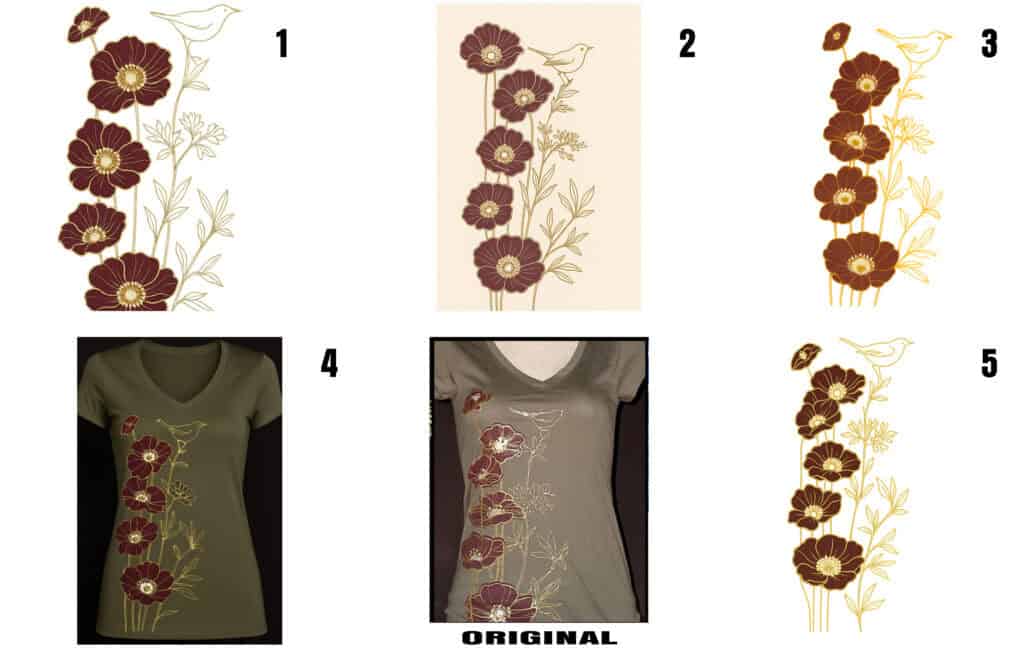
I started with “recreate the graphic and honor the original as closely as possible.” Then, “Recreate original graphic as closely as possible. Do not add variation.” Finally I quickly changed to “Recreate original graphic as closely as possible. Do not add variation. Do not include the tee shirt.”
The Second Round Results
I think the first round results are scattered, in some examples it more closely matches the bird, in others the flowers. I enhanced the original image with Topaz Gigapixel and then started a new chat and asked Chat GPT again “Recreate original graphic as closely as possible. Do not add variation. Do not include the tee shirt.” There was something wrong with the bird.
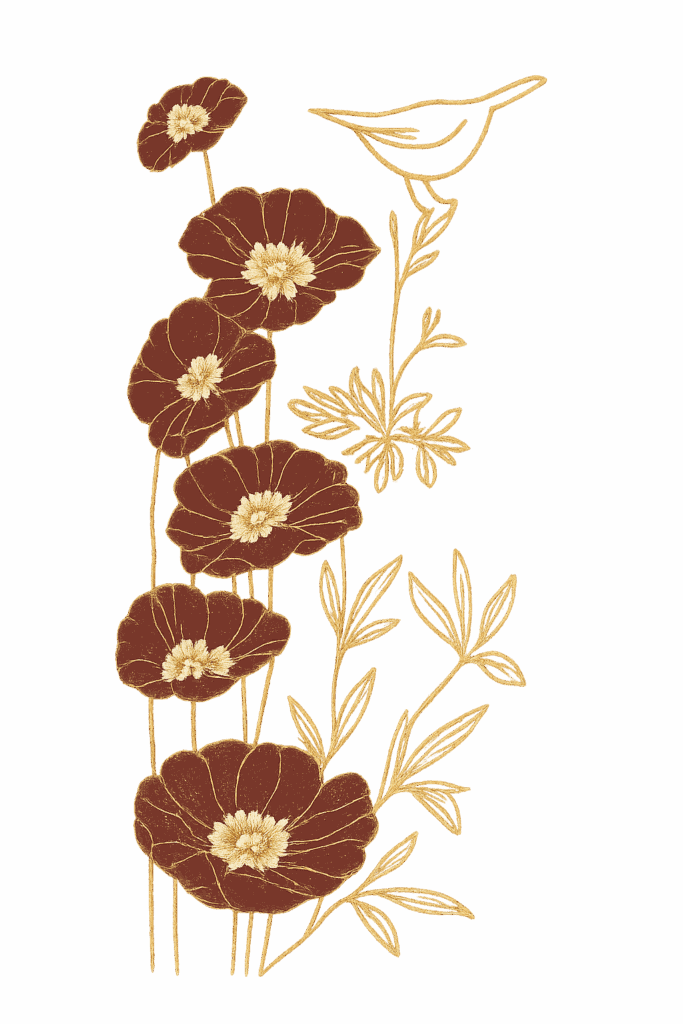
ChatGPT is not perfect, far from it. And continuing in the same chat will often yield the same mistakes. I started a NEW Chat again, and asked again, “Recreate original graphic as closely as possible. Do not add variation. do not include the tee shirt.”


I wasn’t getting an exact replication, but I was hitting all around and quickly. It took me 7 generations, in 6 chats to get one I liked. I could have pieced them together in photoshop to get even closer to the original, but I like the final output enough to move forward.
The Bottom Line
I took the final generation into Recraft.ai and upscaled and vectorized the image. And within minutes I had a vector printable artwork from a photograph of a tee shirt printed 20+ years ago. Also, I tested Ideogram for upscaling. Ideogram tends to honor source material remarkably well, and one of its outputs even rendered the design as if it were embroidered — an unexpected result of the process.
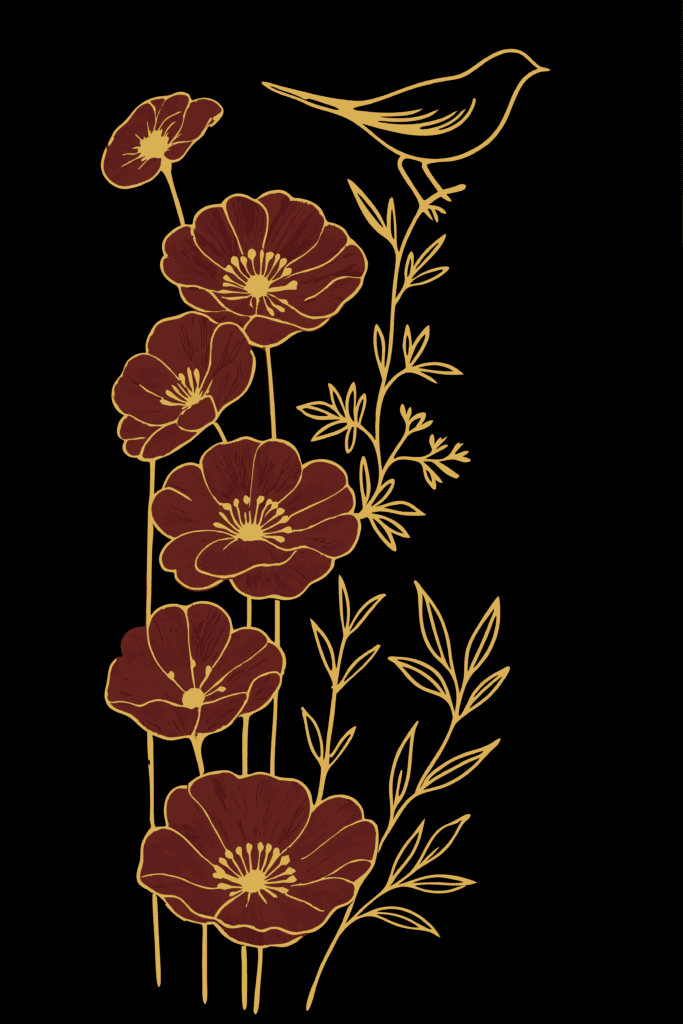

Could I have redrawn this by hand, absolutely. Was it a huge time save – on this graphic, no not really, but I was able to do other things while it was generating, come back and check on it and go to the next step. I know from experience I can feed it more complex graphics and more distorted photographs and it still does an adequate job, to get me started on a redraw of a graphic. I know if I was sending this kind of work out, I may want to reevaluate what I was paying, since I could bring it back in-house for a fraction of the cost, especially on those complex graphics.
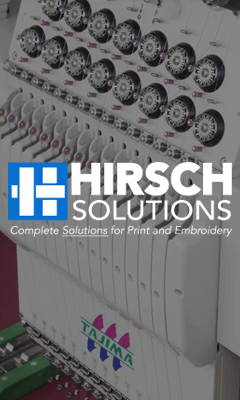
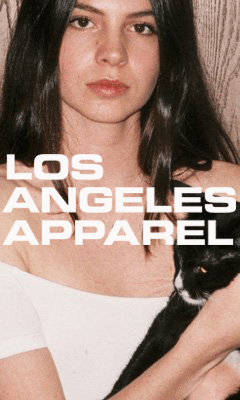
Comments